I’ve been briefly to the Philippines: Manila and Palawan. I loved the rugged limestone islands that jut out of the sea in Palawan and the nightlife and shopping in Manila, but this guest post from Filipino blogger Gazle Padua covers the honest truth about what to expect in this amazing country covering thousands of islands
The capital, Manila, is a city of contrasts. Here you will find a combination of old and new, rich and poor, young and old. Manila is the gateway to the country and most tourists fly to Manila as their starting point although there are now direct flights to Cebu, the queen city of the South.
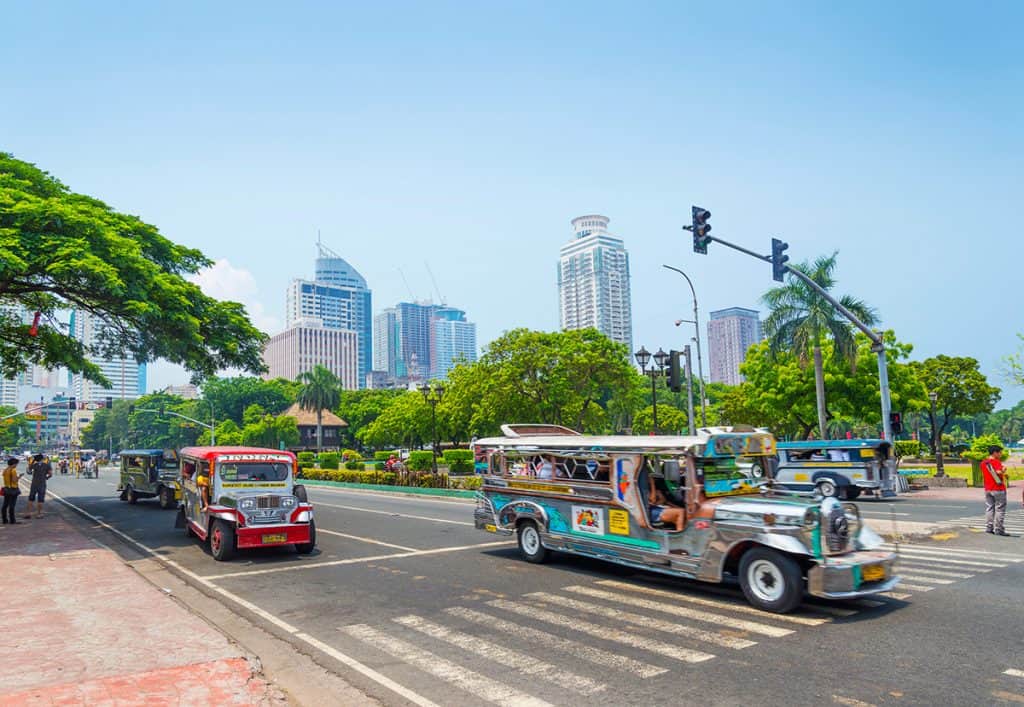
Many tourists find Manila a city without any culture because of heavy Western influence. This is not entirely true though.
In Binondo, you can eat your way through the oldest Chinatown in the world. It was created in 1594 by the Spanish conquistadors to ensure that they could monitor the growing number of Chinese Catholics in the country. The Philippines has long traded with Chinese merchants even before the country was colonized.
Intramuros is also a nice place to visit. It is in historic Manila complete with city walls when it was the center of Spanish rule in the country. Here, tourists can visit Fort Santiago which is the oldest Hispanic fortress in the country. There is also the San Agustin Church (oldest church in the country that dates back to the 16th century and its museum.
Manila is also home to three of the biggest shopping malls in the world – a shopping mecca where thousands of premium brands from all over the world sell their products. You can literally shop till you drop.
Keep reading for best beaches and off the beaten path places in the Philippines locations for a fabulous vacation.

Mainland Luzon
The 7600 plus islands of the Philippine archipelago were subdivided into three major geological areas namely Luzon, Visayas and Mindanao. Luzon is the where the capital is and it is the biggest mainland. The main tourist attractions in this region are: Palawan, Puerto Galera, Ilocos Region, Batangas, and Bicol province.
It’s also where you’ll be able to visit San Guillermo church which was almost destroyed by the Mt Pinatubo eruption in 1991 but remarkably survived – albeit in a very different state! Check it out here.
Palawan is one of the main pillars of tourism in the country. It has graced numerous travel magazines and TV programs. It has been named the Best Island in the World for two consecutive years and for good reason.
Palawan boasts stunning landscapes and amazing underwater scenery, some of the world’s best wreck-dive spots and the most idyllic islands bursting out of the sea. Not to mention it is home to one of the seven wonders of the natural world: The Puerto Princesa Subterranean River and Cave System. I visited three beach resorts in Palawan.
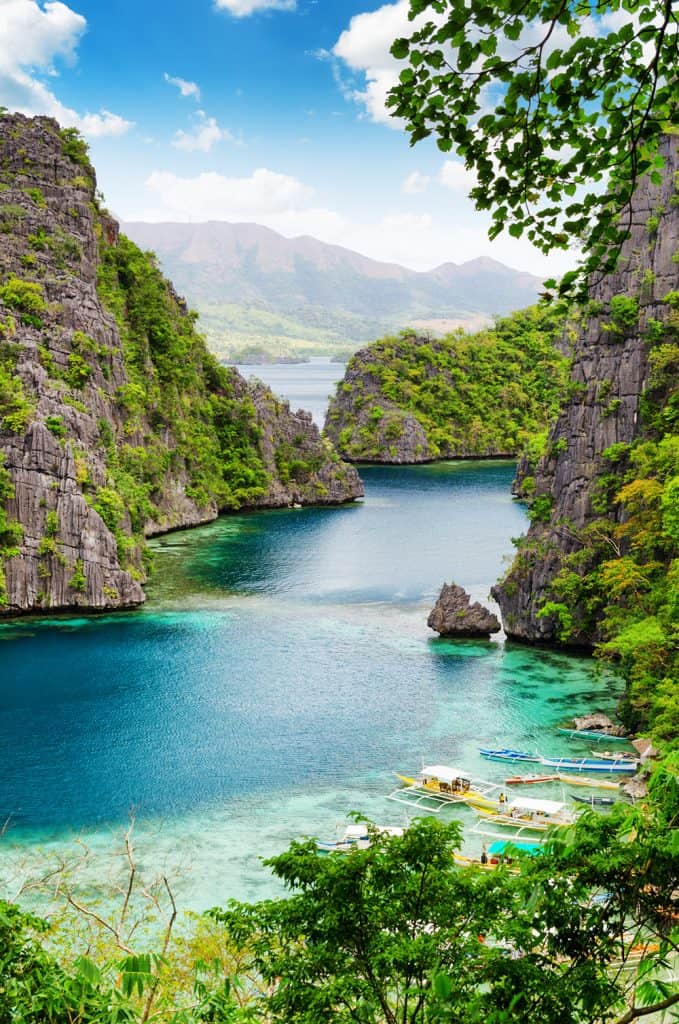
Puerto Galera in Oriental Mindoro is home to the best and one of the most diverse macro dive sites in the country. It is also rich in white sandy beaches and lush jungle.
Ilocos Region and Batangas are also rich in culture and history. Here you will find old Spanish colonial houses, old churches with one being the biggest in all of Asia (Taal Basilica, Batangas). Vigan city, one of the 7 wonder cities in the world is located in Ilocos Sur. It is where you can find the oldest Spanish city that is still very much alive with cobbled streets, horse-drawn calesa, and an avenue of old Spanish mansions.
Bicol Province is best known for its stunning group of islands, white sandy beaches, spicy foods that can rival that of Thailand and the most perfectly-shaped volcano, The Mayon.
Visayas Region
This scattered region is home to the most famous beach island in the country, Boracay.
The quality of Boracay’s sand which is really as fine as powder (literally speaking) is hard to beat. It is so white and so fine that it is almost blinding. Boracay is a perfect island destination – if not for its heavy commercialization. Nowadays, Boracay’s charm is easily missed because of the number of boats, tourists and hotel accommodations. If you love parties and nightlife, Boracay has it.
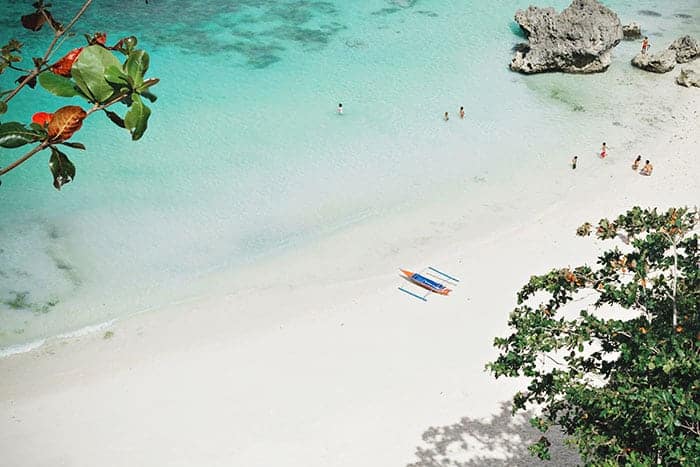
Cebu, the queen city of the south also has an international airport and is the gateway to this region as it offers numerous flights to nearby islands.
Cebu Island is the adventure capital with Moalboal at its center. It is also home to the best roasted pig (lechon) and pork belly which is a favorite by all Filipinos. Cebu city is also the commercial capital in the region but it is still home to rich history and culture.
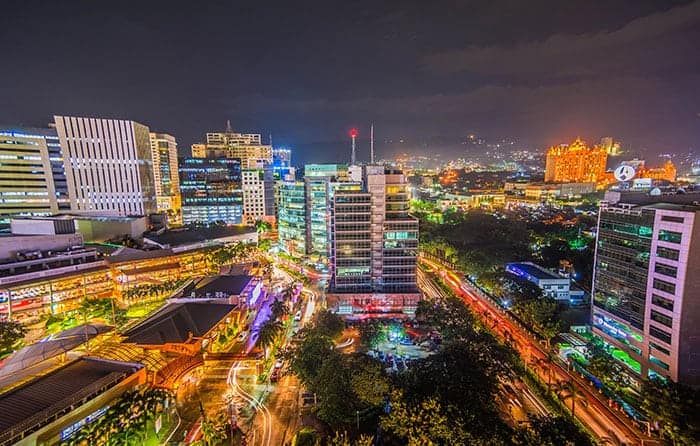
Mindanao
This is the most underrated region of the country and least visited because of the endless clash between the government and the Muslim rebels. Mindanao is a very beautiful region and it is definitely rich in culture. This Muslim area in the country is always depicted as war-torn but there are a lot of areas that are certainly safe for tourists to go to.
Siargao Island is in Mindanao and it is the best surfing destination in the country. It offers world-class surfing spots for all surfers, beginners or experts.
Davao is the commercial center in the region and is home to the most diverse fruit trees in the country. It is also home to the Philippine eagle, the monkey-eating eagle endemic to Philippine forests. The Philippine eagle is the largest eagle in the world in terms of body length and wing surface.
Philippine Islands
The treasure of the Philippines lies on its islands. As the second largest archipelago in the world (second to Indonesia), there are literally thousands of islands to explore.
Most of the islands have white sandy beaches but there are also islands with pink, black, grey and cream-colored sands. There are also beaches with no sands at all but boulders or pebbles like the ones in the northernmost region, Batanes. Some Islands only appear when it is low tide and some don’t even have shores at all.
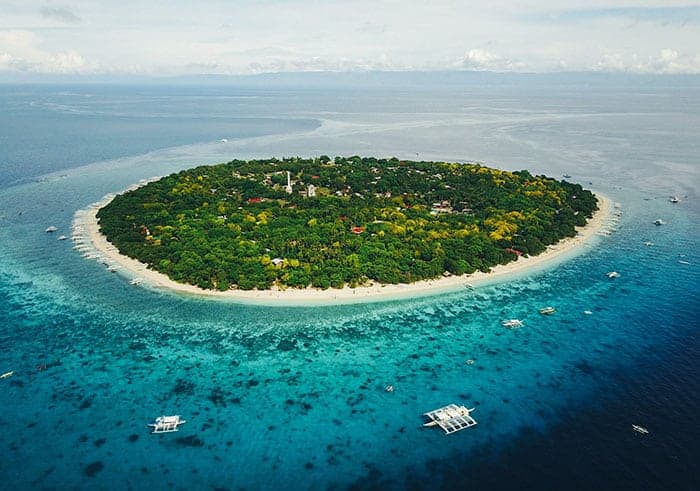
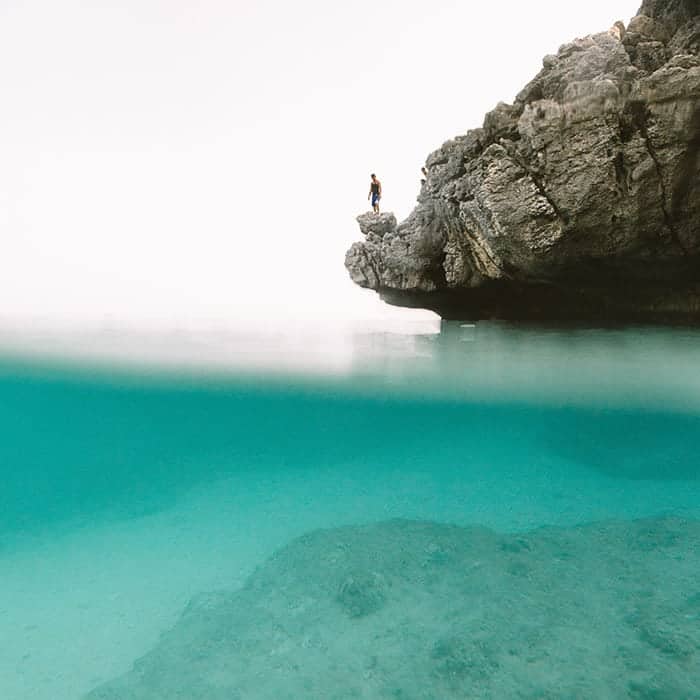
Meet the Locals
Filipino people are some of the most accommodating people you will ever meet in your life. They are easy-go-lucky which is why they always smile despite having a difficult life. If you are fortunate enough to get invited by a local to their house, you will experience how warm they are. You will be given the best room in the house and you will be treated like a VIP.
The Culture
The locals speak good English. This is the reason why traveling to the Philippines is relatively easier than other countries in Southeast Asia.
Filipinos are hard-working and they are family-oriented. The father is usually the head of the family but mothers are treated as equals if not more significant.
The dominant religion is Catholic making the country significantly more tolerant than Muslim countries like Indonesia for example.
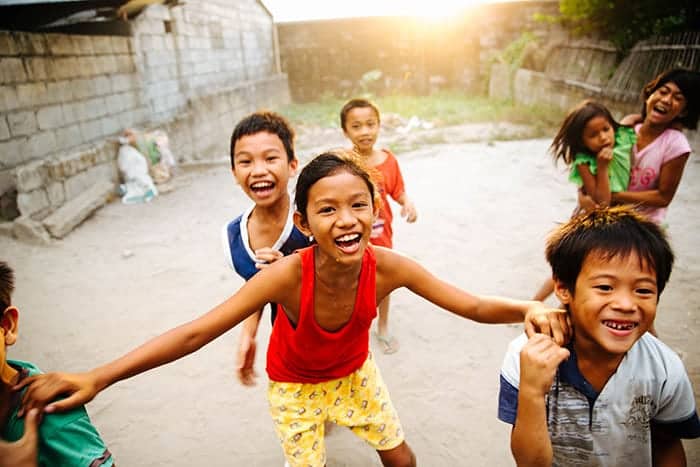
There are numerous ethnic groups in the Philippines speaking more than 180 languages. The most widely spoken is Cebuano but the main dialect is Tagalog. Ilokano is also widely spoken especially in the Northern Philippines.
As a largely Catholic nation, Filipinos love festivities and there is always a “fiesta” (local feast day of their patron saints in local parishes) going on somewhere all year round. The most famous fiesta is the feast of Santo Nino de Cebu where millions of tourists both local and international come to visit and experience.
Filipinos also love mysticism, folklore and superstitions. If you try to talk to the locals you will realize that superstitions are included in their everyday life. It may not be obvious to foreign tourists and they may even say that the Philippines is not culturally rich anymore because of colonial mentality but the truth is, the Filipino culture is inculcated deep within the roots of our existence and still prevalent today.
Food in the Philippines
Unfortunately, the food is not something to look forward to in the Philippines!
Not because there is no good food anywhere in the country, but excellent food is hard to find for a reasonable price. Filipino cuisine offers different kinds of dishes with varied acquired tastes. But when you buy in local eateries or mediocre restaurants, you will easily be disappointed, the reason being lack of proper culinary training.
Filipino dishes do not make use of oriental spices like they do in Thailand, for example. Filipinos don’t even know what coriander is but to be honest, there are really a lot of Filipino cuisines that are great and can only be enjoyed at home. The best cooks are usually found at home. The ones who sell foods on the streets are brave but they are not always good and the ingredients are typically substituted for something cheaper.

Helen Pidduck
Friday 10th of August 2018
We were lucky enough to live in the Philippines for 6 years in the seventies when my husband was working on the NZ Government aid programme based in Marawi City Mindanao and Baguio City Luzon. This article fails to mention that it is stonking hot all the year round unless one gets to the higher altitudes. I clearly remember stepping out of the plane when we first landed, thinking the plane's exhaust must be blowing on me. However living there was a wonderful experience. Memories forever, I would go back tomorrow!
Megan
Sunday 12th of August 2018
I know what you mean Helen, I find it exhausting in all of Asia!